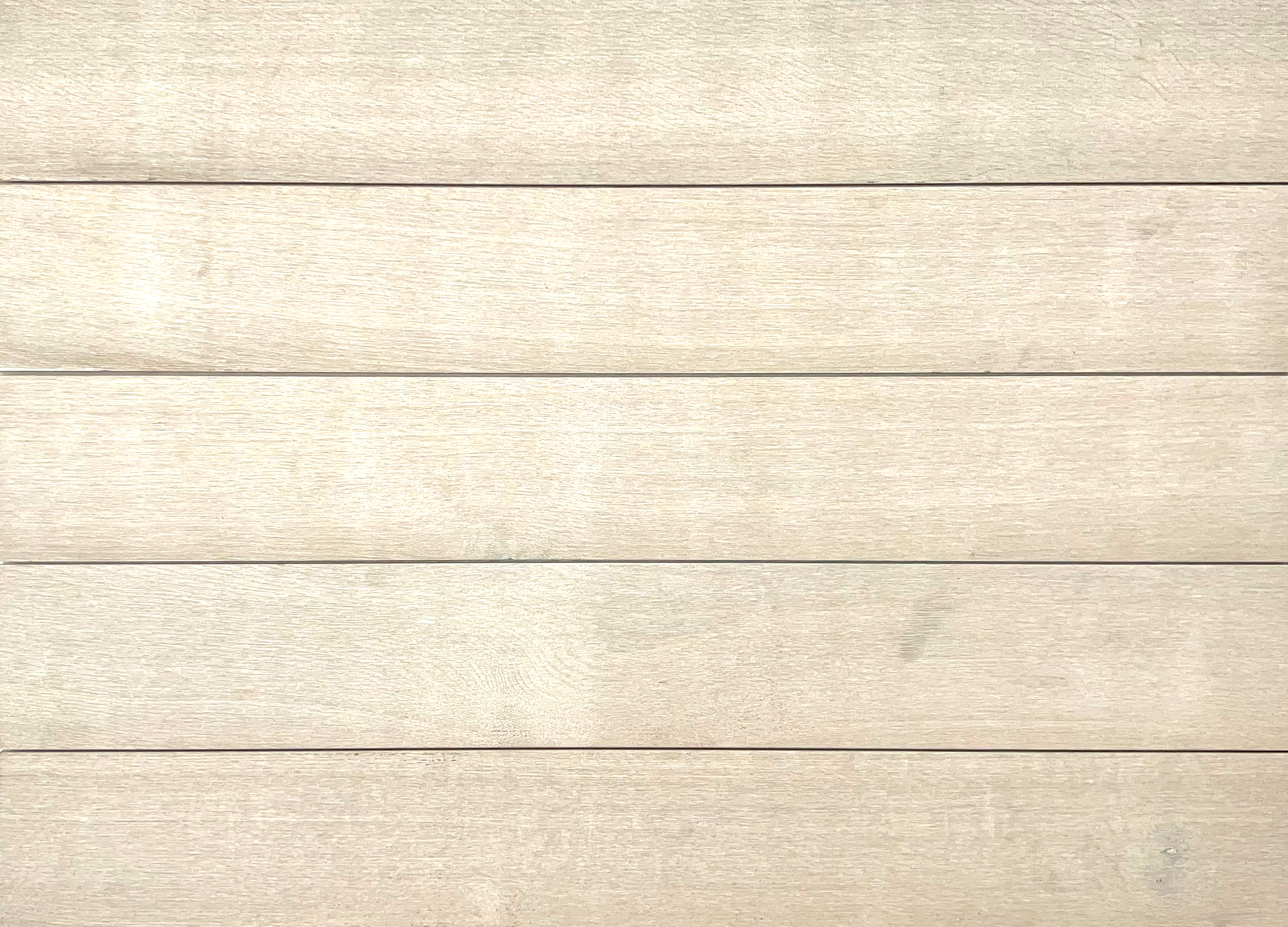Materials and Sustainability Research
This post will detail the material and technique choices I have made for my design

The first building material the library will be made out of is red clay bricks. I chose this material because of the historical reference it had. It was a prominent material in Connecticut during the 17th and 18th century. Bricks were used for construction in England during these times but importing them from England was difficult as it was a slow process. The Connecticut brick industry started through the discovery of red clay in Windsor, Connecticut in 1675 'Windsor’s rich clay deposits, when mixed with water and sand, produced high-quality bricks that supported the local industry for over 100 years.' (Connecticuthistory.org, 2014). Brick architecture remained popular throughout the earlier 20th century and can be seen in buildings in Connecticut such as Connecticut's Old state House, the famous Mark Twain House and several buildings in Yale University.
Aside from the historical context and its ability to be sourced locally, red clay bricks are also a good building material. Clay bricks are very durable which can be shown by the amount of historical sites made of the material that are still intact. It requires little to no maintenance and can be recycled and reused making it good for the environment (Forterra, n.d.). They are very strong and can sustain heavy loads on their own which is an important factor when designing large buildings.The average compressive strength of the clay bricks rabges from 8,000 to 10,000psi and is 2.5 to 3 times stronger than concrete bricks alone (Modular Clay Products, 2024). Clay bricks are excellent thermal and acoustic insulators. It stores and releases heat slowly which is a good choice for making an energy efficient building (LittleHampton Bricks & Pavers, 2022). It can also reduce the amount of noise that enters a building which is beneficial for the indoor environment of a library.

The next material I chose to use was White oak wood. It will be used as the cladding of the building and will be applied in overlapping horizontal strips. As my building is inspired by books, the white oak serves to represent how the pages of a book look when closed. The state tree of Connecticut is Known as the Charter Oak which is actually a White Oak tree located in Hartford, Connecticut and is meant to symbolize spiritual strength and love of freedom (CT.gov - Connecticut’s Official State Website, n.d.). White oak grows in Connecticut so it is a locally sourced material. It is a straight grained wood and it is very strong and durable and is considered one of the strongest native hardwoods, 'Bending strength (MOR) averages 13,000 psi. Hardness averages 1360 pounds. Stiffness (MOE) averages 1.6 million psi' (Wengert, 2021). It is resistant to insect and fungi and also natural decay processes (Dain's Lumber, 2014) making it a good choice when taking in maintenance cost in the long run. The colour can range from a light to medium brown, this warm colour gives the building an inviting look and sophisticated appearance improves the overall aesthetic appeal of the library.

The last material I will be using for my building is tempered glass. This will be used for the windows and doors of the building. Tempered glass is a toughened glass with high strength and stability. It is significantly stronger than standard glass making it resistant to great pressure preventing it from cracking or breaking (Reynolds, 2024). It is also energy efficient as it absorbs UV rays and heat preventing it from entering the building while also allowing natural light in the library (PerfectSteelSolutions, 2021). In addition, it is a great safety feature overall because if it ever ends up shattering it will break into small, dull pieces decreasing the likelihood of injuries (Reynolds, 2024)
To create the curved part of the roof I have decided to use a technique known as timbrel vaulting. Also known as Catalan vaulting, it is a traditional construction technique that allows for buildings to have curves or organic forms without the need for a steel framework. It is done by using thin layers of tiles or bricks (in my case red clay tiles), bonded or overlapped using fast setting mortar (De Decker, 2008). The thin tiles enable them to conform to the desired curve required of the building and each layer of tile once bonded becomes self supporting. This method will ensure a smooth curve without the need for steel reinforcement. Some examples of buildings that use this technique are Bricktopia Pavillion, Mapungubwe Interpretation Centre and Santa Caterina Market
References
Connecticuthistory.org (2014). Building a Nation Brick by Brick. [online] Connecticut History | a CTHumanities Project. Available at: https://connecticuthistory.org/building-a-nation-brick-by-brick/ [Accessed 25 Aug. 2024].
CT.gov - Connecticut’s Official State Website. (n.d.). The State Tree. [online] Available at: https://portal.ct.gov/About/State-Symbols/The-State-Tree [Accessed 25 Aug. 2024].
Dain's Lumber (2014). American White Oak. [online] Dain’s Lumber | Westchester, Putnam & Dutchess Counties. Available at: https://www.dainslumber.com/american-white-oak [Accessed 25 Aug. 2024].
Forterra (n.d.). WHY CHOOSE CLAY BRICK? [online] Available at: https://www.forterra.co.uk/wp-content/uploads/2022/06/FORTERRA_Why-Choose-Clay-Brick_eBook.pdf [Accessed 25 Aug. 2024].
LittleHampton Bricks & Pavers (2022). Top 10 reasons clay bricks are a sustainable building material. [online] Littlehampton Bricks and Pavers. Available at: https://littlehamptonbrick.com.au/why-clay-bricks-are-a-sustainable-building-material/ [Accessed 25 Aug. 2024].
Modular Clay Products (2024). Should You Choose Clay Bricks or Concrete Bricks? [online] https://www.modularclayproducts.co.uk/. Available at: https://www.modularclayproducts.co.uk/news/concrete-vs-clay-bricks/ [Accessed 25 Aug. 2024].
Reynolds, S. (2024). What is Tempered Glass? [online] Swift Glass. Available at: https://www.swiftglass.com/blog/what-is-tempered-glass/ [Accessed 25 Aug. 2024].
PerfectSteelSolutions (2021). 6 Types of Window Glass: Which One is the Best? [online] Perfect Steel Solutions. Available at: https://www.perfectsteelsolutions.com/window-glass/ [Accessed 25 Aug 2024].
Wengert, G. (2021). White Oak. [online] Woodworking Network. Available at: https://www.woodworkingnetwork.com/wood/wood-explorer/white-oak-1 [Accessed 25 Aug. 2024].

Good that you have looked at materials perhaps a couple of sketches of how and where these are being applied to your building would add to this
ReplyDelete